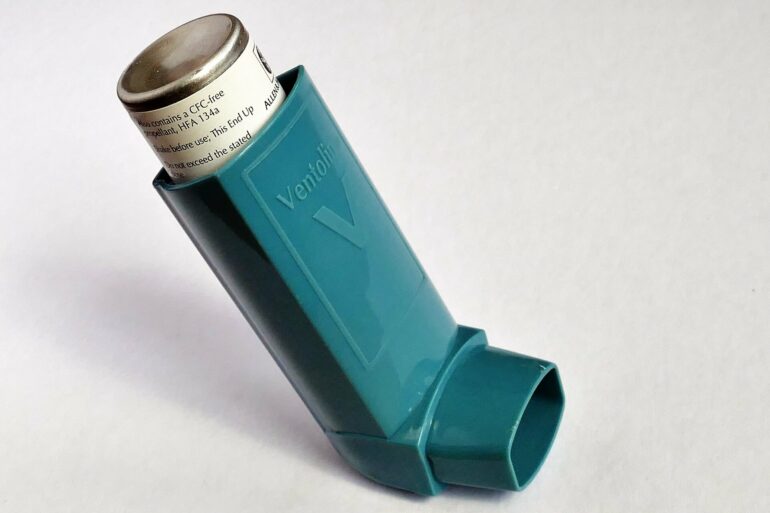Poor family and household environments such as tobacco smoke exposure, clutter, crowding and bad dwelling condition can be risk factors for Australian children developing asthma symptom over time, according to a new study from The University of Queensland.
Asthma, which typically presents with wheezing, is one of the most common chronic childhood illnesses and represents a large health burden in Australia. However, the factors that influence asthma symptoms across childhood are currently poorly understood.
The new UQ study is the first of its kind to investigate asthma symptom over time in Australian children and the associations with family home and household environments.
Led by Life Course Center researchers at UQ’s Institute for Social Science Research, in collaboration with the Child Health Research Center at UQ’s Faculty of Medicine, the observational study examined data on 3,846 children from birth to 14-15 years of age.
The study found that some family and household factors were strongly associated with asthma symptom, especially when present in early life, and can lead to persistently high prevalence across childhood.
Exposure to maternal smoking in early childhood years and throughout childhood was the most significant association. Other negative family and household environmental exposures included clutter, large family size, and poor dwelling condition.
“Research to date has mainly focussed on the immediate effects of factors exacerbating asthma symptom, but these factors are dynamic and can change over time in influencing symptom trajectories,” said lead author K M Shahunja, a UQ Ph.D. candidate advised by co-authors Professor Peter Sly and Associate Professor Abdullah Mamun.
“While it is estimated that one in 10 Australian children suffer from asthma symptoms, our study showed that one-third of children have ‘transient high’ or ‘persistent high’ prevalence of wheezing across their childhood.”
Associate Professor Mamun, a Life Course Center Chief Investigator, said the study findings advance the understanding of the associations and patterns of childhood asthma symptom and family and household environments by utilizing data from Growing Up In Australia: The Longitudinal Study of Australian Children.
“We show that poor home environments increase the risks of asthma symptom in children over time, so improving these environments—in particular, reducing tobacco smoke exposure in the home—can facilitate more favorable childhood asthma symptom patterns ,” he said.
“These findings provide important evidence for policy and practice that addresses the prevalence of asthma symptom in Australian children by taking actions to reduce exposures to harmful family and household environmental factors throughout childhood.”
“Trajectories of asthma symptom as wheezing and their associations with family environmental factors among children in Australia: evidence from a national birth cohort study” is published in BMJ Open.
More information:
K M Shahunja et al, Trajectories of asthma symptom presenting as wheezing and their associations with family environmental factors among children in Australia: evidence from a national birth cohort study, BMJ Open (2022). DOI: 10.1136/bmjopen-2021-059830
Provided by
University of Queensland
Citation:
Secondhand smoke and poor housing conditions can increase asthma symptoms in kids (2022, June 7)



